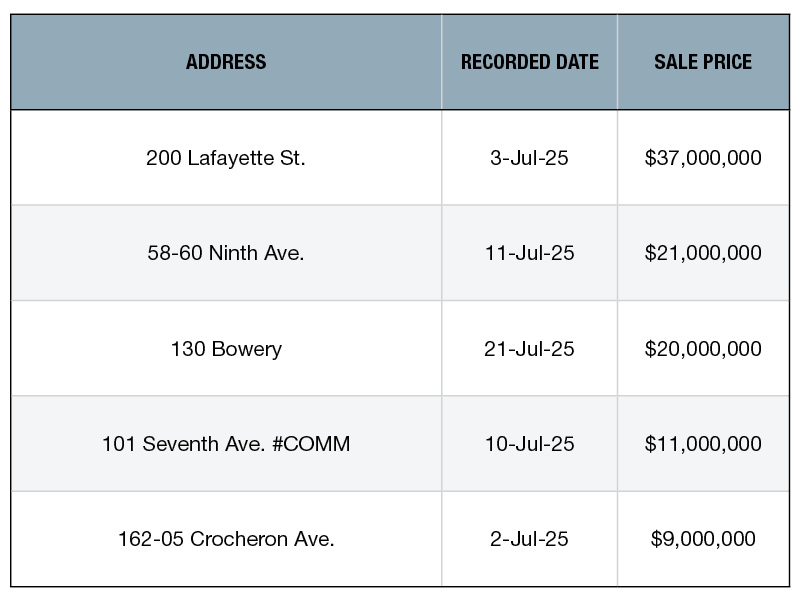Beating the Dutch Auction Fallacy
Great deals bring temptation to wait for even lower prices. Resist the urge, cautions Avison Young's Jonathan Hipp.

When times are uncertain—and indeed, there’s uncertainty today due to changes in trade policy and geopolitical circumstances—investors can often draw comfort from a great deal.
And great deals look as though they’re on the way, as evidenced by recent data. That brings temptation to wait for even lower prices: Get the most for your capital, strengthen net operating income, and increase return on investment and internal rate of return.
READ MORE: How Non-Financial Data’s Shaping the Future
However, what sounds like a smart strategy could be the opposite, bringing the risk of the Dutch auction fallacy—or as many of us know, the potential misstep of overbidding in a Dutch auction based on the expectation that the price will keep dropping. For many investors, there’s a better option through net lease.
What happened to CRE prices in April
All major commercial property types saw an annual price decline in April, according to an MSCI report in late May. That might sound surprising, given there’s been a lot of news about prices increasing. The industry has been looking for valuations to stop climbing out of a pit.
However, the growth rates of price change have been moving downward. Technically, the second derivative has been negative since 2022. When that happens, the first derivative—in this case, price growth—eventually falls below zero; values get smaller. The month-over-month price drops have run between 0.5% for industrial and 12.1% for multifamily.
In MSCI’s graph, the segment from 2022 through April looks similar to conditions in 2008, at the opening of the global financial crisis.
Waiting for the distress
If prices were to begin falling again, a natural reaction would be to consider how much they could drop. This is the reaction that has been strong since valuations plunged after the Federal Reserve pushed up interest rates to battle inflation. And yet as prices started slipping, there wasn’t a massive rush of capital pouring in to buy properties. Everyone seemed sure that property values would take further hits, increasing the room for everyone to make tidier profits.
LIKE THIS CONTENT? Subscribe to the CPE Capital Markets Newsletter
What many people don’t realize is that the conditions are similar to those in a Dutch auction: The auctioneer sets a price and waits for responses. If no one pays the demanded amount, it falls, and there is a new lower price until someone makes the purchase.
When many potential buyers keep waiting for a better offer, they fall into what one might call the Dutch auction fallacy. As the price of a property drops, the number of potential buyers grows. As competition rises, the probability of being the winning bidder falls.
Take the longer view
Chances are you don’t need the lowest possible price for a property, provided you have longer-term goals and are not looking to buy and flip. If your horizon is at least five years, chances are good that falling prices will eventually reverse.
More importantly, the right property, when carefully managed, becomes a self-supporting tool. A net lease portfolio, for example, is a set of properties with sufficient net operating income for a strong debt service coverage ratio. Not every net lease property will be a fit, but many will, sustaining the entire enterprise.
What do you need to achieve the goal? Vision, discipline, experience—and above all, patience.
Jonathan Hipp is principal, capital markets, & head of the U.S. net lease group for Avison Young.







You must be logged in to post a comment.